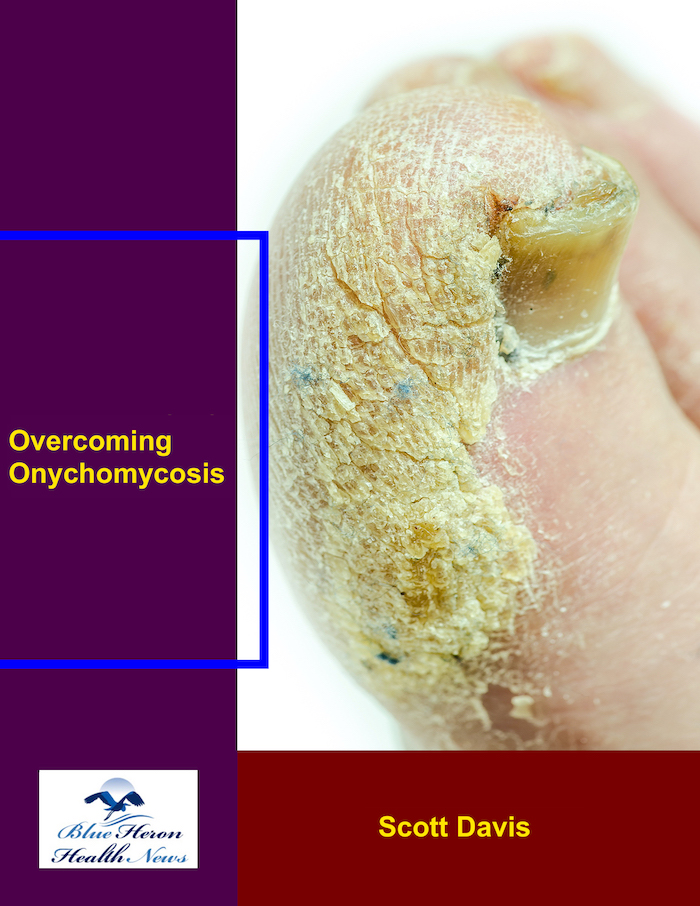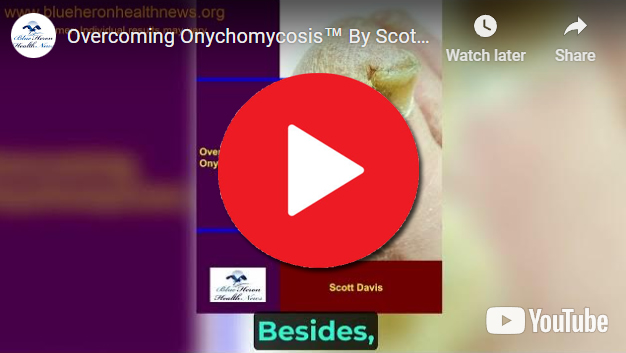
Overcoming Onychomycosis™ By Scott Davis It is a simple, natural, and all-in-one solution for onychomycosis. The program can help you to treat your nail fungus naturally. Once you follow this program, you do not need to spend on expensive treatments to prevent a recurrence. In brief, you can have a proven solution for your chronic nail fungus. Besides, the program is easy to follow, and most users find it effective against onychomycosis.
How do proton pump inhibitors (PPIs) work?
Proton pump inhibitors (PPIs) are a class of medications that work by reducing the production of stomach acid. They are among the most effective treatments for conditions related to excess stomach acid, such as gastroesophageal reflux disease (GERD), peptic ulcers, and erosive esophagitis. PPIs provide longer-lasting and more potent acid suppression than other medications like antacids or H2 blockers. Here’s how they work and their role in managing acid-related conditions:
1. Mechanism of Action
PPIs target and block the proton pumps (also called hydrogen-potassium ATPase enzymes) in the stomach lining, which are responsible for producing stomach acid.
- Proton Pumps and Acid Production: Proton pumps are located on the surface of parietal cells in the stomach lining. These pumps secrete hydrogen ions (protons) into the stomach, where they combine with chloride ions to form hydrochloric acid (HCl). This acid helps break down food during digestion.
- Inhibition of Acid Secretion: PPIs work by irreversibly binding to and inhibiting the action of the proton pumps. By blocking these pumps, PPIs prevent the final step in the production of stomach acid, significantly reducing the overall amount of acid produced.
- Long-Lasting Effect: Since PPIs irreversibly block the proton pumps, they provide sustained acid suppression. New proton pumps need to be synthesized by the body to resume normal acid production, which is why the effects of PPIs last longer than other acid-reducing medications.
2. Duration of Action
- Long-Lasting Relief: PPIs provide extended relief by significantly reducing acid production for 24 hours or more, even though their half-life (the time the drug remains active in the bloodstream) is short.
- Slow Onset: It may take several hours or up to a few days for PPIs to reach their full effect, as they target active proton pumps. This means that PPIs are more suited for long-term acid control rather than immediate relief of heartburn.
3. Common Proton Pump Inhibitors
Several PPIs are available, both over-the-counter and by prescription, including:
- Omeprazole (Prilosec)
- Lansoprazole (Prevacid)
- Esomeprazole (Nexium)
- Pantoprazole (Protonix)
- Rabeprazole (Aciphex)
- Dexlansoprazole (Dexilant)
4. Conditions Treated by PPIs
PPIs are commonly prescribed to treat a range of conditions caused by excessive stomach acid:
- Gastroesophageal Reflux Disease (GERD): GERD occurs when stomach acid frequently flows back into the esophagus, leading to symptoms like heartburn and regurgitation. By reducing acid production, PPIs help alleviate these symptoms and prevent damage to the esophagus.
- Peptic Ulcers: PPIs promote healing of ulcers in the stomach and duodenum by decreasing the amount of acid that can irritate the ulcerated tissue.
- Erosive Esophagitis: Chronic acid exposure can cause inflammation and damage to the lining of the esophagus (esophagitis). PPIs are effective at reducing acid exposure and allowing the esophagus to heal.
- Zollinger-Ellison Syndrome: This rare condition causes tumors in the pancreas or duodenum to secrete high levels of gastrin, leading to excessive acid production. PPIs help control this excess acid.
- Helicobacter pylori Infection: PPIs are often used in combination with antibiotics to treat H. pylori infections, which are a common cause of peptic ulcers. PPIs help suppress acid production while the antibiotics target the infection.
5. How to Take PPIs
- Timing: PPIs are typically taken once daily, usually 30 minutes to an hour before a meal, to maximize their effectiveness. Proton pumps are most active after meals, so taking the medication beforehand ensures it inhibits as many active pumps as possible.
- Consistency: For chronic conditions like GERD, PPIs are most effective when taken consistently as directed by a healthcare provider.
6. Benefits of PPIs
- Effective Acid Suppression: PPIs are more effective at reducing stomach acid than antacids or H2 blockers, as they target the source of acid production rather than neutralizing acid or blocking histamine receptors.
- Long-Lasting Relief: A single dose of a PPI can reduce acid production for up to 24 hours, making them ideal for long-term management of acid-related conditions.
- Healing of Ulcers and Esophagitis: PPIs are particularly effective at healing damage caused by excess stomach acid, such as ulcers and esophagitis, by maintaining a low-acid environment that promotes tissue repair.
7. Side Effects of PPIs
PPIs are generally well-tolerated, but long-term or excessive use can lead to side effects or complications. Some common side effects include:
- Headaches
- Nausea or diarrhea
- Constipation
- Abdominal pain
- Bloating or gas
Potential Risks with Long-Term Use:
- Vitamin and Mineral Deficiencies: Long-term use of PPIs may interfere with the absorption of certain nutrients, such as vitamin B12, calcium, and magnesium, potentially leading to deficiencies.
- Bone Fractures: Reduced calcium absorption has been linked to an increased risk of osteoporosis and bone fractures, especially in older adults.
- Increased Risk of Infections: Prolonged acid suppression can increase the risk of certain infections, such as Clostridium difficile or pneumonia, since stomach acid normally acts as a barrier to harmful bacteria.
- Kidney Disease: Some studies have linked long-term PPI use to an increased risk of chronic kidney disease or kidney injury, although this risk remains relatively low.
8. Comparison with H2 Blockers
PPIs and H2 blockers (such as famotidine or ranitidine) both reduce stomach acid but work in different ways:
- H2 Blockers: Block histamine receptors on stomach cells to reduce acid production. They are faster-acting but provide shorter-term relief.
- PPIs: Inhibit the proton pumps that directly produce acid, leading to stronger and longer-lasting acid reduction. PPIs are preferred for more severe or chronic conditions, such as GERD or ulcers.
9. Discontinuing PPI Use
Stopping PPIs suddenly after long-term use can lead to a rebound effect, where stomach acid production increases significantly once the medication is stopped. This can cause a temporary worsening of heartburn or reflux symptoms.
- Strategy for Discontinuation: If PPIs need to be discontinued, it is usually done gradually by tapering the dose under the guidance of a healthcare provider. In some cases, switching to an H2 blocker or antacid temporarily can help ease the transition.
Conclusion:
Proton pump inhibitors (PPIs) work by inhibiting proton pumps in the stomach, which are responsible for producing stomach acid. By blocking these pumps, PPIs effectively reduce acid production, providing long-lasting relief from acid-related conditions such as GERD, peptic ulcers, and esophagitis. They are more potent and longer-lasting than other acid-reducing medications, such as H2 blockers and antacids, and are especially useful for treating chronic acid-related issues. While generally safe, long-term use should be monitored to avoid potential side effects and complications.
Overcoming Onychomycosis™ By Scott Davis It is a simple, natural, and all-in-one solution for onychomycosis. The program can help you to treat your nail fungus naturally. Once you follow this program, you do not need to spend on expensive treatments to prevent a recurrence. In brief, you can have a proven solution for your chronic nail fungus. Besides, the program is easy to follow, and most users find it effective against onychomycosis.
